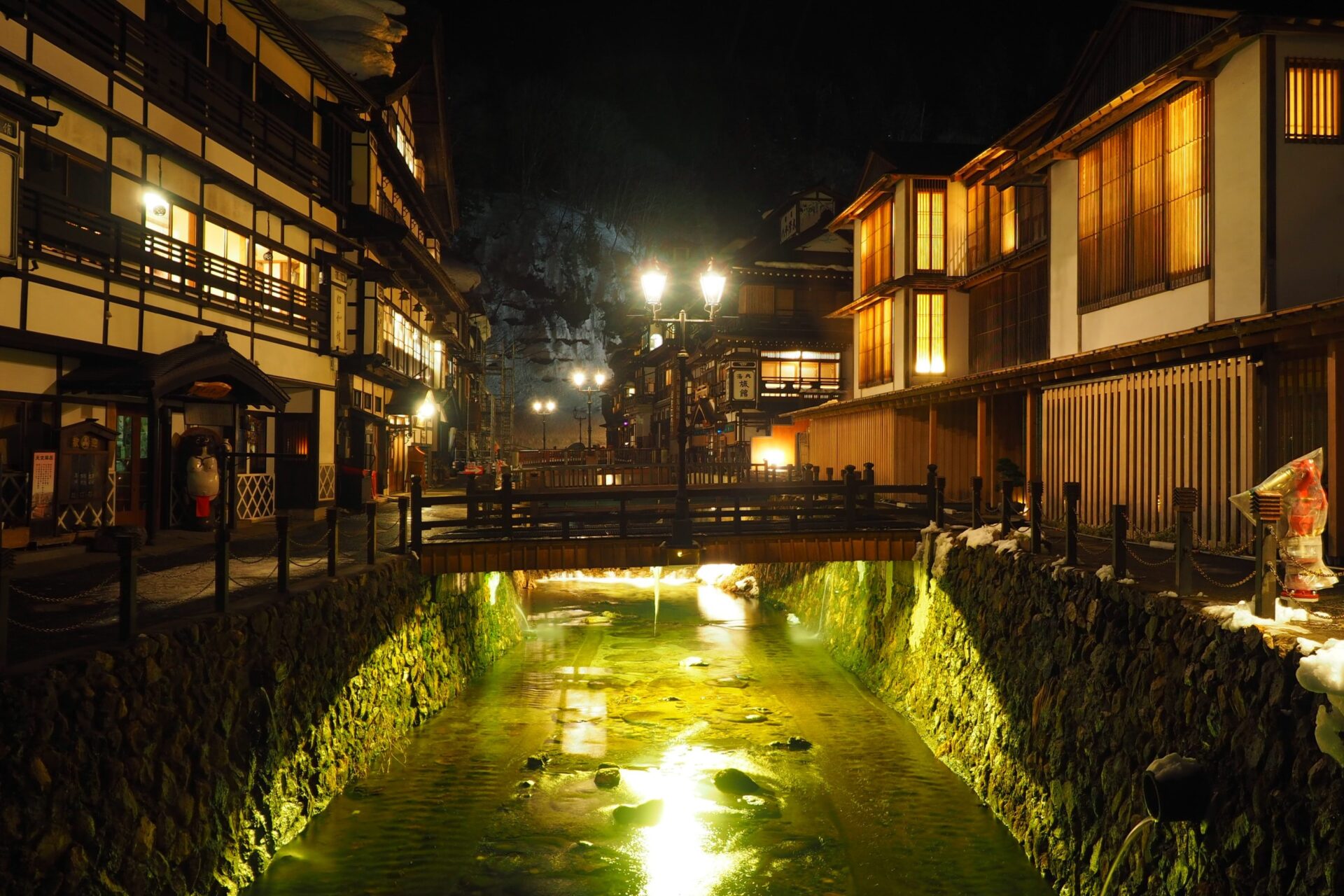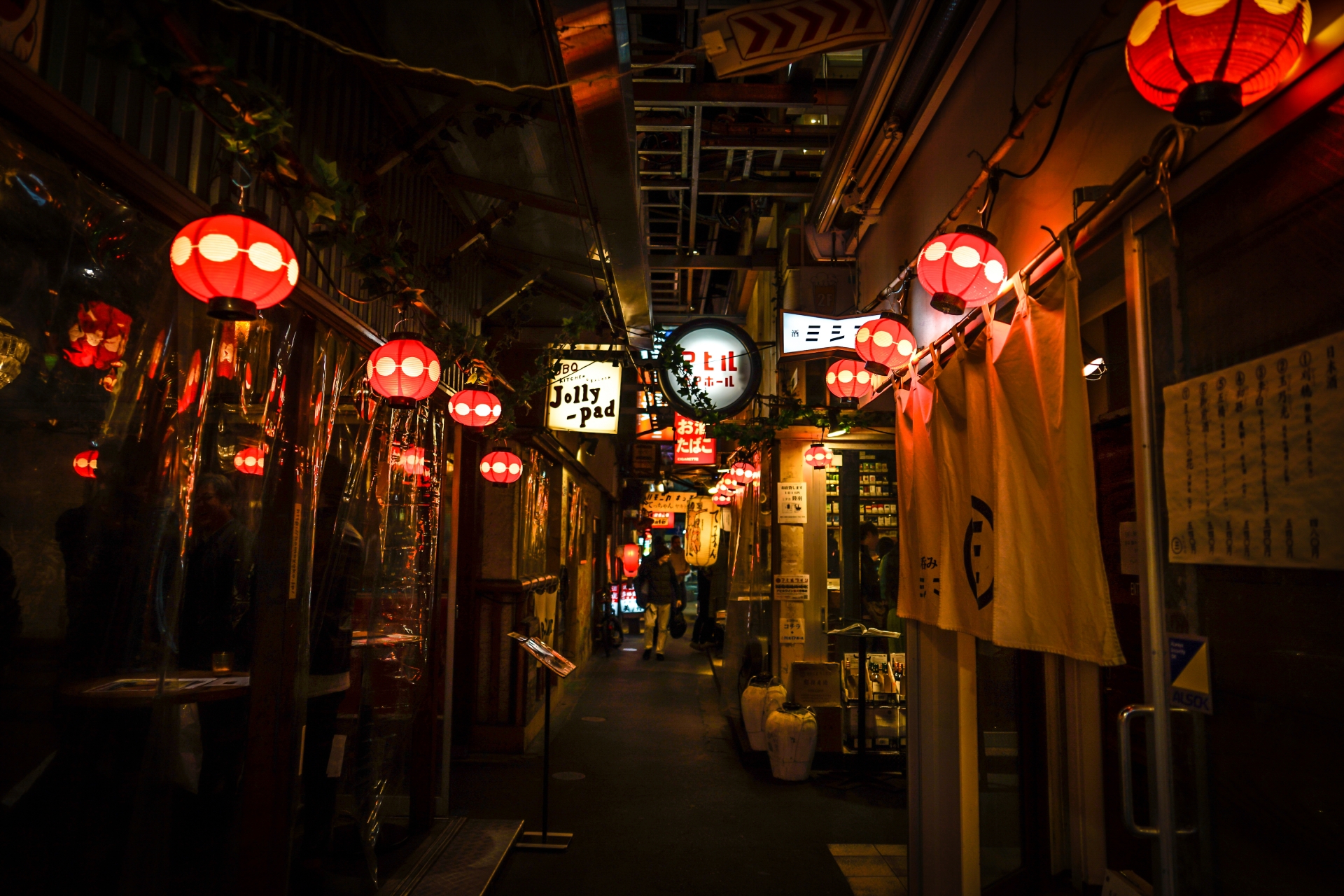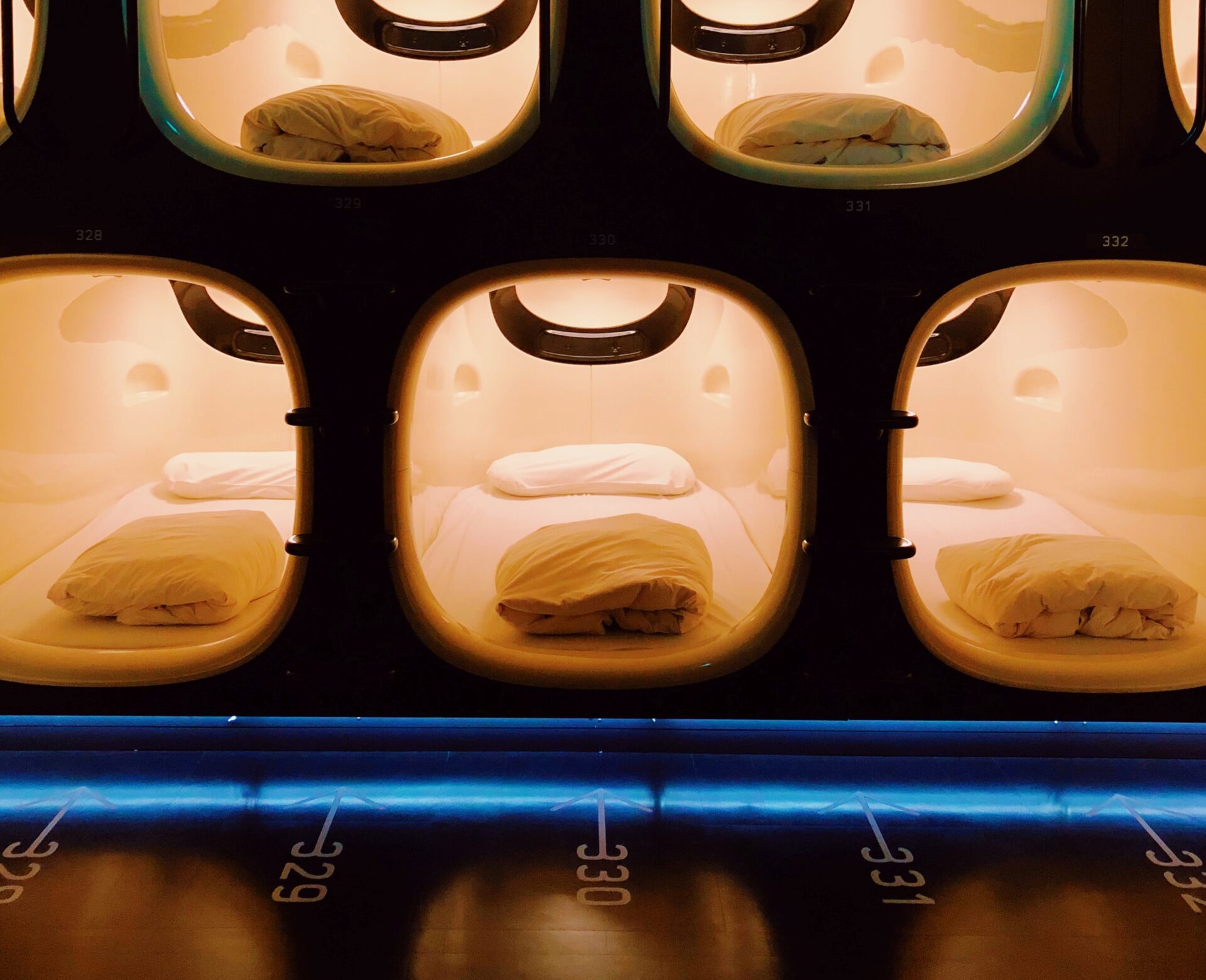Have you also enjoyed the first season of Japanese anime Thermae Romae Novae on Netflix? This interesting, wholesome anime is based on a manga series by Mari Yamazaki and it tells the story of Lucius, a proud bath-house architect in ancient Rome who magically gets his inspiration from the bathing culture of modern-day Japan. The 11 episodes that feature an animated part and a few minutes of Ms. Yamazaki showing you the spots that gave her inspiration for the series really give you an in-depth look into the multi-faceted Japanese bathing culture and all kinds of ingenious Japanese inventions that make life better. If you want to visit the real-life spots and experience the activities that have inspired the series, keep reading for the onsen locations and things to do to trace Lucius’ footsteps in Thermae Romae Novae!
Kusatsu Onsen
One of the most potent onsens hot spring areas in Japan is Kusatsu Onsen, a small village in Gunma prefecture where many thousands travel every year to be cured of their ailments in an action known as ‘toji’ (湯治), or to simply relax. The water in Kusatsu is chockful of healthy minerals, giving bathers all kinds of health benefits such as lowered blood pressure, alleviation of digestive issues and joint pain, and a better skin condition. It is also naturally hot at around 42-44 degrees Celcius (~109 degrees Fahrenheit), and specially assigned ‘water keepers’ work hard to keep the temperature at the more agreeable point of 42 degrees Celcius.
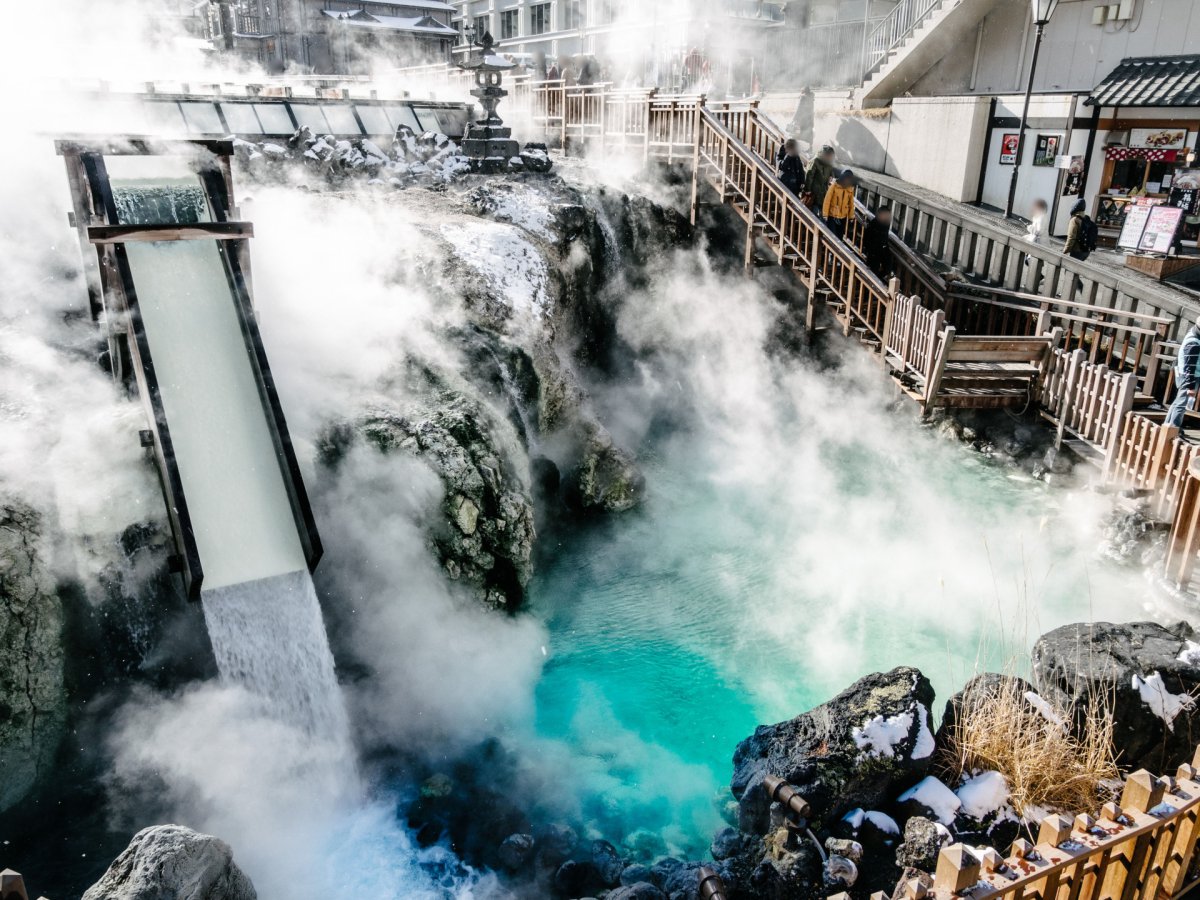
Thermae Novae Romae Experiences in Kusatsu
The town of Kusatsu is very attractive with beautiful wooded buildings and many hot springs outside billowing with steam, especially during the colder season. Kusatsu Naraya is one of the most famous ryokans and is also featured in the live-action part of Thermae Romae Novae. A stay here is not cheap, but it would definitely be a beautiful experience you will never forget. Another thing that you should experience while in Kusatsu, and decidedly less expensive, is eating an onsen tamago, an egg dish that Lucius discovers on his second ‘trip’ to modern Japan. Having been slow-cooked in onsen water, it gets a unique soft and creamy texture while absorbing some of the onsen water’s minerals which are said to make this healthy dish extra nutritious.
Kusatsu Naraya homepage: https://www.kusatsu-naraya.co.jp/
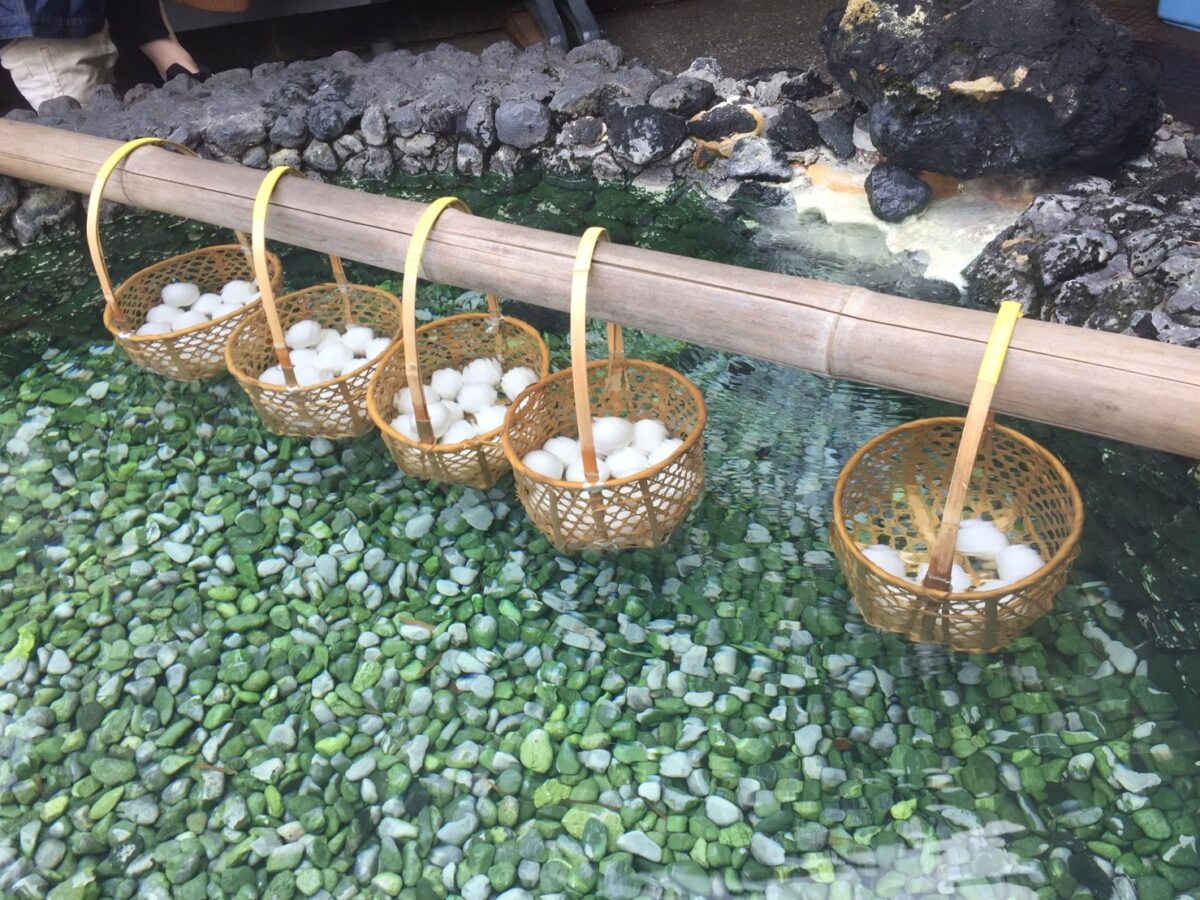
Yunessun Onsen
Resort town Hakone is located about one hour west of Tokyo and the volcanically active area is famous for its many onsens. You can find numerous beautiful, luxurious ryokans here that boast amazing private and public natural onsen baths. But if you are looking for an exceptionally family-friendly bathing complex with not only real onsen hot springs but also featuring slides for the kids (and adults), cave baths, and gimmick baths like the wine bath that inspired our hero Lucius, Yunessun Onsen is a great choice. This large onsen complex has so much to offer that you can easily spend a whole day here without getting bored! Whether you are in the mood for an indoor or outdoor bath, a warmed stone room, a sauna, an aroma room, or a green tea bath, Yunessun Onsen offers you the full experience.
Yunessun Onsen homepage: https://www.yunessun.com/global/en/spa/
Hoshi Onsen Chōjukan
While mixed-gender bathing is not the norm in a Japanese onsen, there are hot springs where co-ed bathing is allowed in Japan. Just like in episode 7 of Thermae Romae Novae where Lucius discovers a mixed-gender bath in the Edo Period, when men and women bathing together was still normal, Hoshi Onsen Chōjukan in Gunma also has a co-ed bath. Especially if you travel as a couple or a family, you may want to share the experience and go to an onsen that has a mixed-gender bath. Hoshi Onsen Chōjukan has a beautiful old building that has been registered as a cultural property, and it also has a women-only area. You are welcome to visit the onsen as a day guest for only 1000 JPY per person.
Hoshi Onsen Chōjukan homepage: http://hoshi-onsen.com/english/
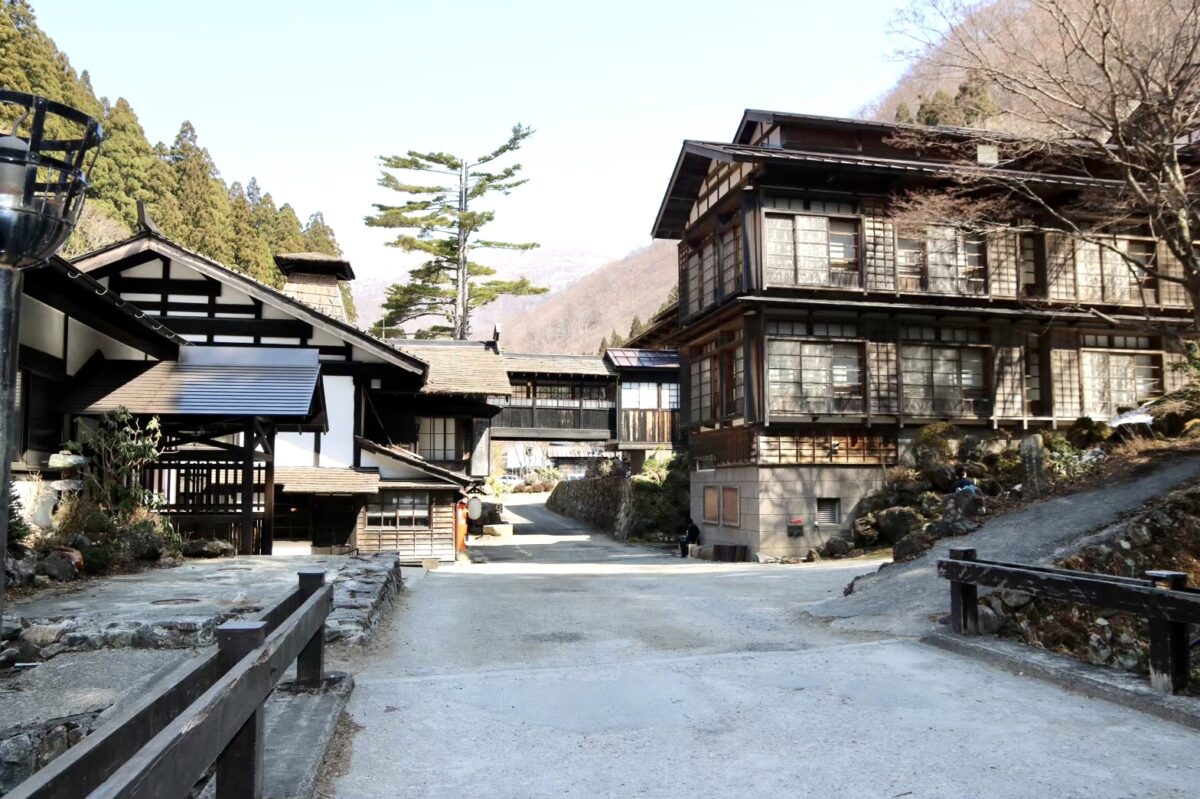
Shima Onsen Sekizenkan
In a picturesque Gunma hot spring village called Shima Onsen, ryokan Sekizenkan is located deep in a pine forest and beloved by many prominent in the past and present. There are both indoor and outdoor baths to provide their guests with total relaxation. The hotel is so beautiful that it was one of the inspirations for Ghibli movie ‘Spirited Away’. It is also known for having some of the purest hot spring water in the country. They even call the water “the cure for 40.000 illnesses”, which is how healthy this mineral-rich salty-tasting water is. In fact, it is so clean that you can indulge in an activity called ‘Shio no Yu Insenjo’, which means ‘drinking hot spring water’. While it may taste a bit strange, just like the famous spring water in the Czech city Karlovy Vary, it is said to have healing properties.
Sekizenkan homepage: https://www.sekizenkan.co.jp/en/
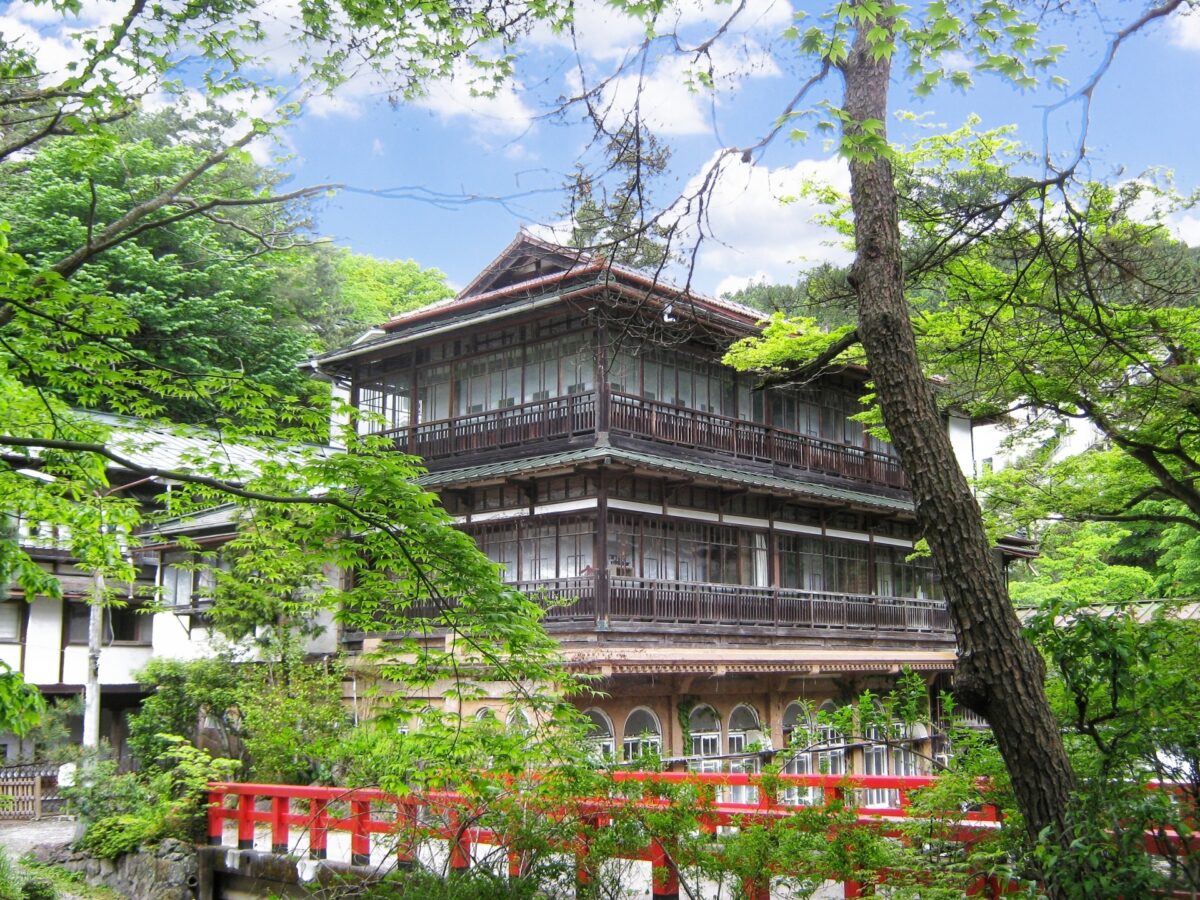
Sento
While the word ‘onsen’ refers to natural hot springs found near Japan’s volcanic zones, a sento is typically a man-made spa. The Onsen Laws of Japan govern and protect onsen, and there are numerous requirements that must be met before it can be called an onsen. Public hot baths that are not onsen because their water doesn’t originate from real hot springs are called sento. These establishments used to be regularly frequented by the many people who didn’t have a bathroom in their small apartments, but even nowadays when nearly all apartments and homes have their own bath area, some people still prefer communal bathing in small neighborhood sento. Small sento can be found all over Japan if you know what to look for. The hiragana ‘ゆ’ on a noren curtain in front is often a good giveaway. Especially in these smaller neighborhood sento it is important to adhere to the local bathing etiquette, as is also shown in episode 8 of Thermae Romae Novae.
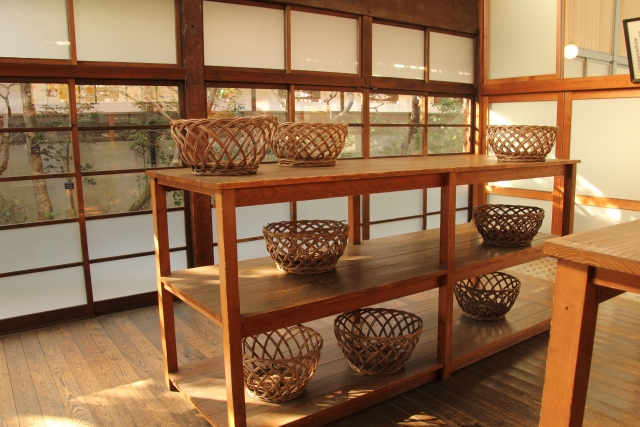
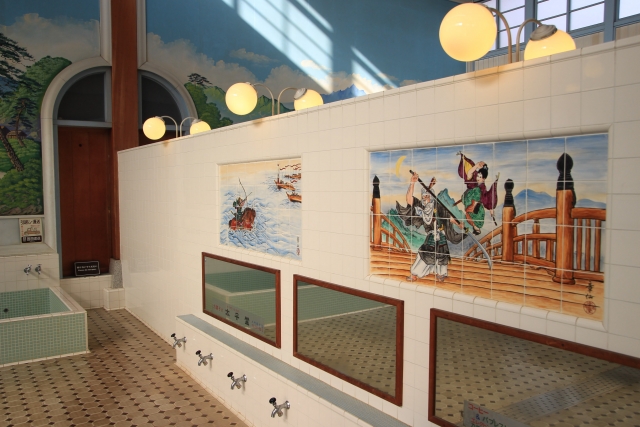
There are also so-called super sento, which are more like onsen theme parks than a quiet bathing experience. These are very large sento complexes with not only many different baths indoor as well as outdoor but also several saunas, different on-site restaurants, massage services, and even entertainment areas. The latter usually offer arcade games and old-fashioned fun fair-style games like shateki (the shooting game) and catching small gold fish or toys with a paper catcher. There are also many vending machines throughout the complex selling delicious fatty milk and even the same fruit milk that Lucius tries when he is in Japan and gets impressed by. Drinking milk after bathing to replenish your fluids is a great idea! Super sento are fun for the whole family, and can usually be found in or near large cities. One of the super sento we recommend is Ooedo Onsen Monogatari Urayasu Mangekyo near Tokyo.
Ooedo Onsen Monogatari Urayasu Mangekyo homepage: https://urayasu.ooedoonsen.jp/news/4340
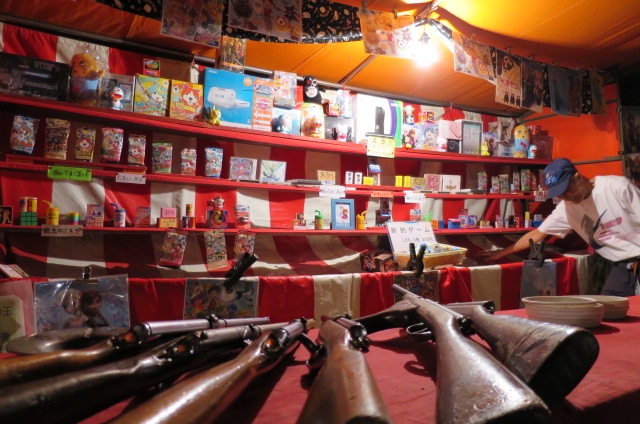

Snow Monkeys
Do you remember the cute red-faced monkeys that show up in several episodes? There are actual bathing monkeys in Japan, to see them you need to travel to Nagano. These Japanese Macaques are also known as the Snow Monkeys, as they prefer to bathe during the cold winter season while surrounded by snow. Just like their human counterparts, they love to stretch out and relax in the natural hot springs in Nagano’s mountains, especially when it is cold so they can warm up their chilly bodies before going to sleep or becoming active.
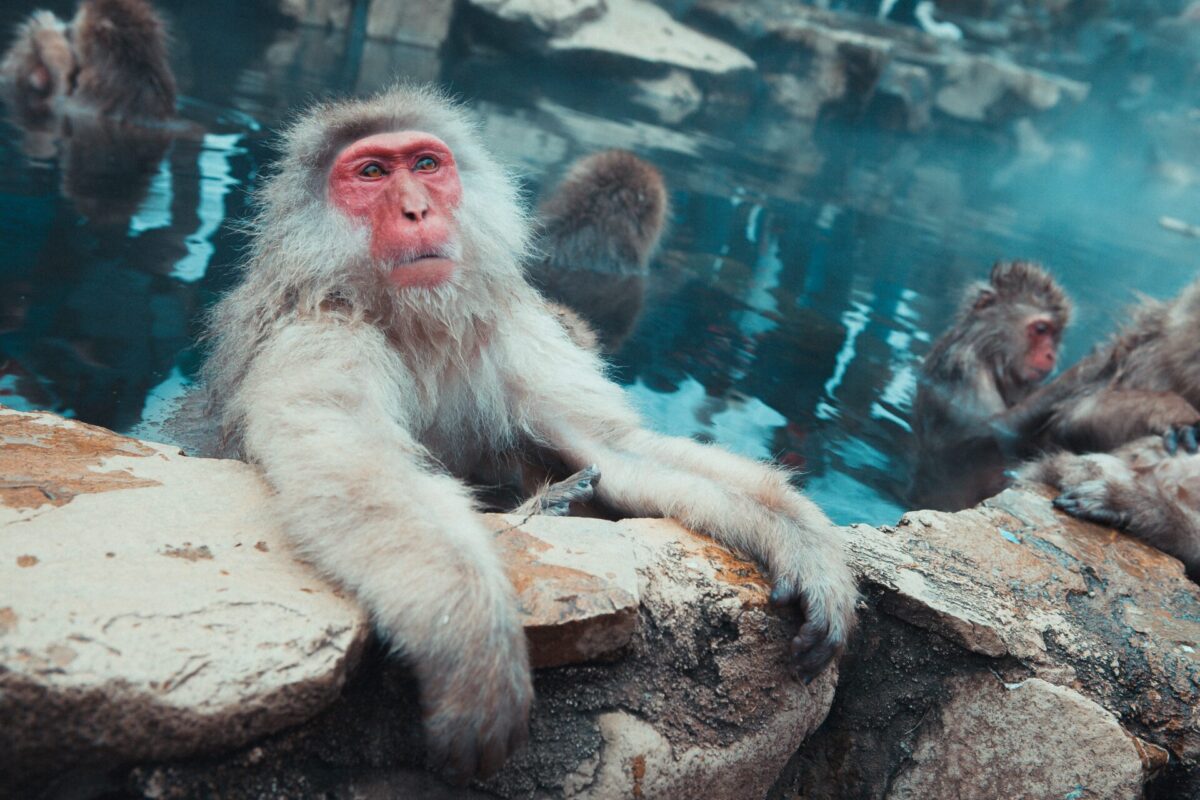
Traveling in Japan
Taking an intensely relaxing bath in an onsen or sento, especially after having physically exerted yourself, is one of the many must-do’s for any Japan itinerary. There are many other amazing things to see and do in Japan, and it can indeed be hard to know where to start when you are building a program for your Japan trip.
One thing is for sure, doing a private or group tour with a local guide is always a good idea. We organize group tours as well as private tours in cities like Tokyo, Kyoto, Osaka, Hiroshima, and more. Check out all the tours we offer before you come to Japan for inspiration and book your favorite one(s)!
Follow us on Instagram, Facebook, and Twitter for more travel inspiration. Or tag us to get featured!
Happy traveling!
Other articles you might be interested in

Stefanie Akkerman moved from the Netherlands to Japan in 2013 with her Japanese husband and son. She jumped into the niche of Dutch tour guiding in Tokyo and Kamakura in 2015 and occasionally writes articles about all the great sights and activities Japan has to offer. She loves (Japanese) food, and to work that all off she goes diving, snorkeling, cycling, or hiking.
This post may contain some affiliate links. When you click through and make a purchase we may receive some commission, at no extra cost to you.
